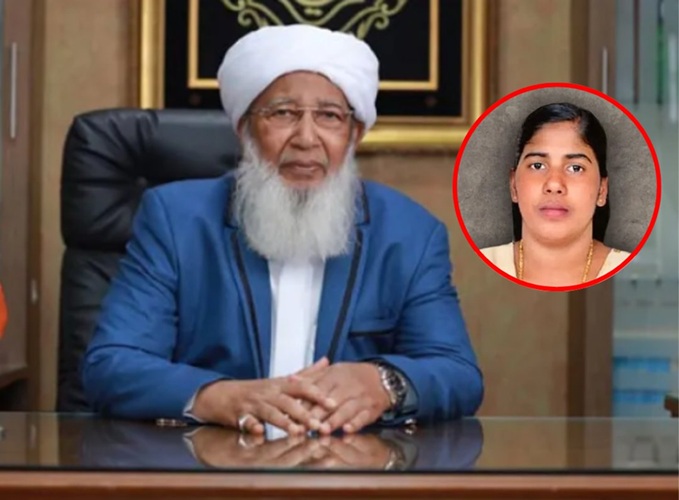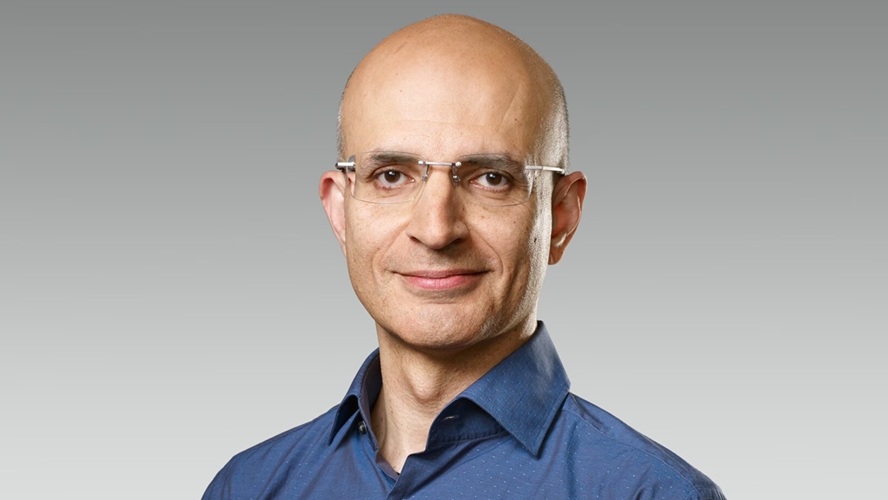New Delhi, (IANS) : It’s not just the marauding Islamic State which poses a great threat to the heritage sites like Palmyra, but climate change too can wreak havoc in cities like Venice, says Mechtild Rossler, Director of the Unesco World Heritage Centre.
Not just that, climate change can also destroy heritage sites like the Statue of Liberty and such other structures that have been part of human history, Rossler said.
“Probably in my lifetime many of the natural and cultural world heritage sites would parish or become marine sites. Florida may sink. In Venice, people might not be able to live as they used to,” Rossler told IANS.
The Unesco official was in Delhi this week to award Certificates of Inscription to the Khangchendzonga National Park and the Nalanda Mahavihara, two of the three new World Heritage sites from India chosen at the 40th Unesco World Heritage Committee session in Istanbul on July 20.
The third comprises 17 sites, including the Complexe du Capitole in Chandigarh designed by Swiss-French architect Le Corbusier.
The event was held by the Wildlife Institute of India, which is a Unesco Category-2 centre on world heritage management and training.
Rossler was in Syria recently to see Palmyra, around 30 km from Islamic State territory. “The biggest threat to monuments in the 21st century is the intentional destruction by the terrorists. But globally it’s the climate change which will affect our lives.”
Unesco recently released the “World Heritage and Tourism report”, showing how climate change is quickly becoming one of the most significant risks for natural and cultural heritage sites.
“The impact is enormous. If you think of the Great Barrier Reef in Australia, we have bleaching all over. The places of indigenous people, in the Pacific or in the Andamans, must be prepared for the upcoming risks,” Rossler stressed.
The list of vulnerable sites includes Statue of Liberty and several forests in Peru and Brazil. The list also includes the Yellowstone National Park in the USA.
Speaking of the reconstruction attempts in conflict zones, Rossler said: “In Syria, the city of Aleppo is totally destroyed. Last year we held a meeting on its reconstruction.”
There are a total of 1,052 World Heritage sites globally. Of these, nearly 50 are listed as World Heritage Endangered Sites. Many of them are in conflict zones.
“There are six vulnerable sites in Syria alone. Others are in Iraq, Yemen, Mali and Congo. We have to restore them all. We had already restored Mali’s mausoleums and recovered many manuscripts,” she said.
Some sites like Sukur Cultural Heritage in Nigeria are also reeling under threat due to Boko Haram, she said.
“In Syria, both listed or tentative heritage sites are seen as sources for funding. The so-called Islamic State forces the archaeologists to dig at gunpoint so that they can sell the artefacts in the black market.”
Unesco is also worried because of the military airstrikes in these areas which may destroy the heritage sites.
“To protect the sites from bombing, we work with the military. We give them the coordinates of the sites which should not be touched at all. I had spoken with the head of NATO generals. I think the military needs to be aware of the cultural heritage and how to protect it better,” Rossler said.
Referring to India, she said that the country is a source of illicit trafficking of artefacts. India should enforce the provisions of Unesco’s 1970 Convention on the Means of Prohibiting and Preventing Illicit Import, Export and Transfer of Ownership of Cultural Property.
“India requires to reinforce the national laws to stop illegal trafficking. It would require more customs officers and people to watch over the trading in the art market. But above all, it requires ethics in the art market,” she said.
Rossler said Unesco is working closely with the art markets to stop illegal trading. The recovered artefacts will be returned to the countries from where they were stolen.
As many as 24 monuments under the charge of the Archaeological Survey of India (ASI)— the government agency responsible for national heritage — are “missing”, half from Uttar Pradesh, according to a reply in the Lok Sabha earlier this week.
The missing monuments include prehistoric megaliths in Maharashtra, rock inscriptions, megaliths, Buddhist and Hindu temple ruins in Uttar Pradesh, guns of the 16th-century Afghan emperor Sher Shah in Assam, medieval milestones (kos minars) in Haryana, a temple in Uttarakhand and sundry tombs, cemeteries and other ruins.
Missing monuments are first declared “untraceable”, after which a detailed procedure commences. “The procedure to find out untraceable monuments involve verification of old record, revenue maps, referring published reports, physical inspections and deployment of teams to trace the missing monuments,” Minister of State for Culture and Tourism Mahesh Sharma told the Lok Sabha.
Since many monuments are not monitored or physically protected, Several have been dismantled or torn down, either as building material or to provide space in expanding towns and cities. The ASI has signed an agreement with the Indian Space Research Organisation (ISRO) to use satellites to identify on maps prohibited and regulated areas to “facilitate procedure for grant of permissions for construction related activity within prohibited and regulated areas of all centrally protected monuments”, Sharma’s statement said.
As many as 3,686 such monuments are, or will be, monitored by ISRO.
The government has also added 17 sites nationwide for ASI protection, Sharma told the Lok Sabha in another reply.
These include the birth places of B.R. Ambedkar, regarded as the father of India’s Constitution; Madan Mohan Malviya, freedom fighter and educationist; and Dwarkanath Kotnis, an Indian physician whose life is celebrated in China for the assistance he rendered during the Sino-Japanese war of 1938. The other monuments cited for protection are largely Hindu and Buddhist temples.
(In arrangement with IndiaSpend.org, a data-driven, non-profit, public interest journalism platform. Feedback at respond@indiaspend.org)
(Kushagra Dixit can be contacted at kushagra.d@ians.in)






0 Comments